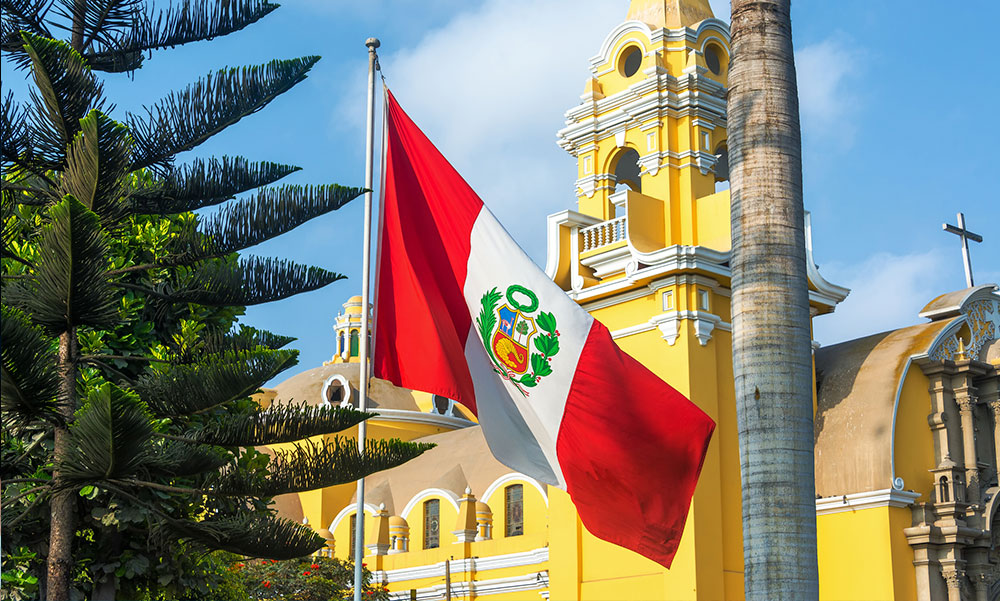The new General Tourism Law of the Republic of Peru defines and regulates areas known as “special tourist development zones” (zonas especiales de desarrollo turístico or ZEDT) as a mechanism to attract private investment and strengthen prioritized tourist destinations. These zones offer tax incentives, legal certainty, and a responsible approach to territorial management, creating a stable and competitive environment for businesses. Additionally, they promote local employment, infrastructure investment, and innovation, emerging as a strategic opportunity to develop profitable projects that drive the country’s economic and tourism growth.
With the recent enactment in June 2025 of Law N.° 32392, the New General Tourism Law of the Republic of Peru, a novel legal framework has been introduced that could be instrumental in promoting investment and sustainable development in prioritized destinations: the so-called “special tourist development zones” (zonas especiales de desarrollo turístico or ZEDT). This new mechanism marks a significant shift in Peru’s national tourism policy by establishing a specific regulatory framework that integrates incentives, sustainability, and territorial management to foster tourism development.
ZEDTs are clearly defined areas aimed at fostering enabling conditions for tourism investment, with the goal of advancing the development of prioritized and sustainable tourist destinations, promoting employment, and enhancing competitiveness. In this context, the Peruvian government acknowledges that certain territories, due to their tourism potential, require special treatment to attract private investment and stimulate the local economy.
This type of special zone, legally established to stimulate investment, is not new in the country. For several years, “special economic zones” (zonas económicas especiales, or ZEE) have been operating, with one of the most recognized being Zofratacna. These ZEEs aim to increase productive and service activities, serving as a means of development for the regions where they are located. To achieve this, they offer tax benefits such as exemption from Income Tax, General Sales Tax, and other customs duties. In this sense, ZEEs are essentially a precedent for what ZEDTs now seek to accomplish from an economic perspective.
To encourage private participation and the inclusion of the local population in the tourism value chain, the ZEDT framework provides key advantages that strengthen confidence and attractiveness for investment in the sector. First, the reduction of tax costs is a crucial incentive. The progressive Income Tax regime, which stipulates preferential rates during the first fifteen years of activity, can help improve the cash flow of tourism companies and increase the profitability of tourism projects, facilitating their consolidation and financial sustainability.
Furthermore, ZEDTs guarantee legal and territorial certainty, as each zone is established through specific legislation and operates within a regulated framework. This provides regulatory predictability and reduces risks arising from political or administrative uncertainty, which is a decisive factor for business planning.
Lastly, the sustainability approach is a competitive advantage. Projects developed in these zones must align with environmental, cultural, and social criteria, which not only reinforces the legitimacy of the business in the eyes of local communities but also facilitates access to green or responsible financing, increasingly valued in international tourism. Indeed, ZEDTs create a controlled, stable, and predictable environment for investment, where the State and private companies share a common vision.
According to the recent law, these benefits are aimed at new companies established in Peru after its entry into force, as well as new branches, agencies, or permanent establishments that foreign companies decide to implement in the country.
To access these benefits, companies must promote local employment with a standard workday in the ZEDTs, have adequate infrastructure and assets for the operation of their tourism activities, register a minimum investment proportional to their size aimed at new or under-construction fixed assets, and annually submit to the Tax Authority (SUNAT) an informative declaration detailing their activities, income, investments, number of workers, and expenses, ensuring transparent fiscal and operational control.
However, the market awaits the enactment of the law’s implementing regulations, which should contain clear provisions regarding some aspects not specified in the law. One of these points concerns the minimum investment amounts, as well as the main activities to be included in the ZEDTs.
In conclusion, the ZEDT framework can be seen as a strategic opportunity for tourism companies seeking to expand their operations within a stable environment, with concrete benefits and long-term prospects. By integrating tax incentives, legal certainty, and responsible territorial management, these zones offer favorable conditions for the development of profitable and high-impact tourism projects. More than a mere promotional framework, ZEDTs represent an invitation to invest in the growth of Peruvian tourism in a planned, modern, and locally inclusive way. Thus, once the forthcoming regulation clarifies existing uncertainties in the law, the business sector has the opportunity to engage in these zones, contributing to regional development and strengthening Peru as a competitive and sustainable tourist destination.






